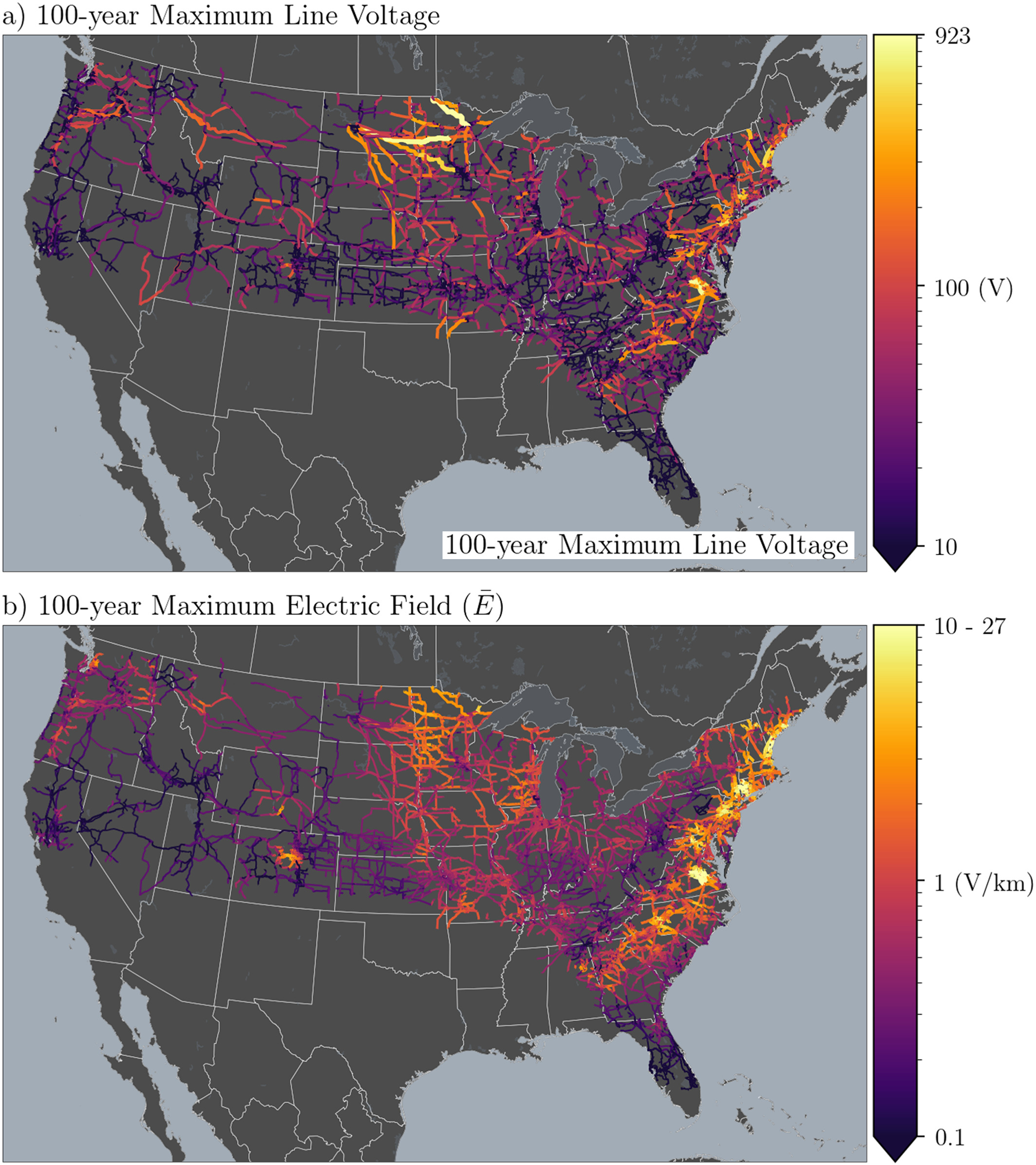

At this year’s peak, a bright, waning gibbous moon will shine near the radiant, reducing the number of meteors we see. The Northern Taurids shower typically delivers 5 meteors per hour at its peak period - but 2022 could see an upswing, according to the International Meteor Organization. The larger-than-average grain sizes of the comet’s debris often produce colorful fireballs. The long-lasting, weak shower is the second of two consecutive showers derived from debris dropped by the passage of periodic Comet 2P/Encke. At those times, the shower’s radiant near the Pleiades star cluster in Taurus will be well above the horizon in a dark sky. Since meteors require a dark sky, the best viewing time for North American skywatchers will be off-peak – on Saturday morning before dawn and late on Saturday evening. The Northern Taurids meteor shower, which runs worldwide from October 20 to December 10 annually, will reach its maximum on Saturday afternoon, November 12 in the Americas. Thursday, November 10 - Bright Moon Approaches Mars (all night) Or, use binoculars (green circle) to locate Uranus using the nearby stars Botein and Epsilon Arietis. During autumn this year, look for Uranus’ small, blue-green dot moving slowly retrograde westwards in southeastern Aries, about 1.4 fist diameters to the right (or 14 degrees to the celestial south-southwest) of the Pleiades Star Cluster aka Messier 45. Since Uranus will appear slightly larger in telescopes for a week or so centered on opposition night, view it on a night when the moon isn’t as close to it.
#Hidden map yellow comet full#
Uranus’ slightly reduced distance from Earth will cause it to shine at a peak brightness of magnitude 5.64 – but the recently full moon shining a palm’s width to Uranus’ left (or celestial east) will make seeing it difficult. At that time it will be closest to Earth for this year - a distance of 1.74 billion miles, 2.80 billion km, or 155 light-minutes. Uranus will reach opposition on Wednesday morning, November 9. CST or 11:49 GMT Wednesday, November 9 - Uranus at Opposition (all night)

The moon will completely escape Earth’s umbra at 6:49 a.m. Around 12:00 GMT, observers in Asia, Alaska, and the Yukon can watch the partially-eclipsed moon occult the planet Uranus (exact times vary by location). CST or 11:00 GMT, the moon’s northern edge will be passing through the outer reaches of Earth’s umbra, causing the southern part of the moon to be noticeably darker than the northern. The moon will be fully eclipsed for about 86 minutes, shining with a deep red color between 4:16 a.m. The first “bite” out of moon will occur when it starts to enter Earth’s umbra at 3:09 a.m. None of this eclipse will be visible from Africa or Europe. For the rest of North America, the moon will set while it is fully eclipsed. The entire eclipse will be visible across northwestern North America, the Pacific Ocean, and northeastern Asia. Lunar eclipses are perfectly safe to view with unaided eyes, binoculars, and telescopes. At that time the moon will also be passing through Earth’s round shadow, or umbra, producing the second total lunar eclipse of 2022. CST, or 11:02 GMT on Tuesday, November 8. The moon will reach its full phase, directly opposite the sun in the northwestern pre-dawn sky, at 6:02 a.m. The November Full Moon, traditionally known as the Beaver Moon or Frost Moon, always shines in or near the stars of Taurus and Aries. Wednesday, November 2 - Two Shadows Cross Jupiter (8:25 to 8:57 p.m. Observers in more westerly time zones can see the latter stages of the brightening. Five hours later the star will shine at full intensity from a perch high in the eastern sky. For observers in eastern North America, fully dimmed Algol will sit in the lower part of the east-northeastern sky on Wednesday, November 2 at 6:28 p.m. But while dimmed to minimum brightness, Algol’s magnitude 3.4 is almost the same as the star Rho Persei (ρ Per), which sits just two finger widths to Algol’s lower right (or 2.25 degrees to the celestial south). Algol normally shines at magnitude 2.1, similar to the nearby star Almach in Andromeda. During a ten-hour period that repeats every 2 days, 20 hours, and 49 minutes, Algol dims noticeably and then re-brightens when a companion star with an orbit nearly edge-on to Earth crosses in front of the much brighter main star, reducing the total light output we perceive. The star Algol (or Beta Persei) in the constellation of Perseus is among the most easy-to-monitor variable stars. (Image credit: Chris Vaughan) (opens in new tab)


 0 kommentar(er)
0 kommentar(er)
